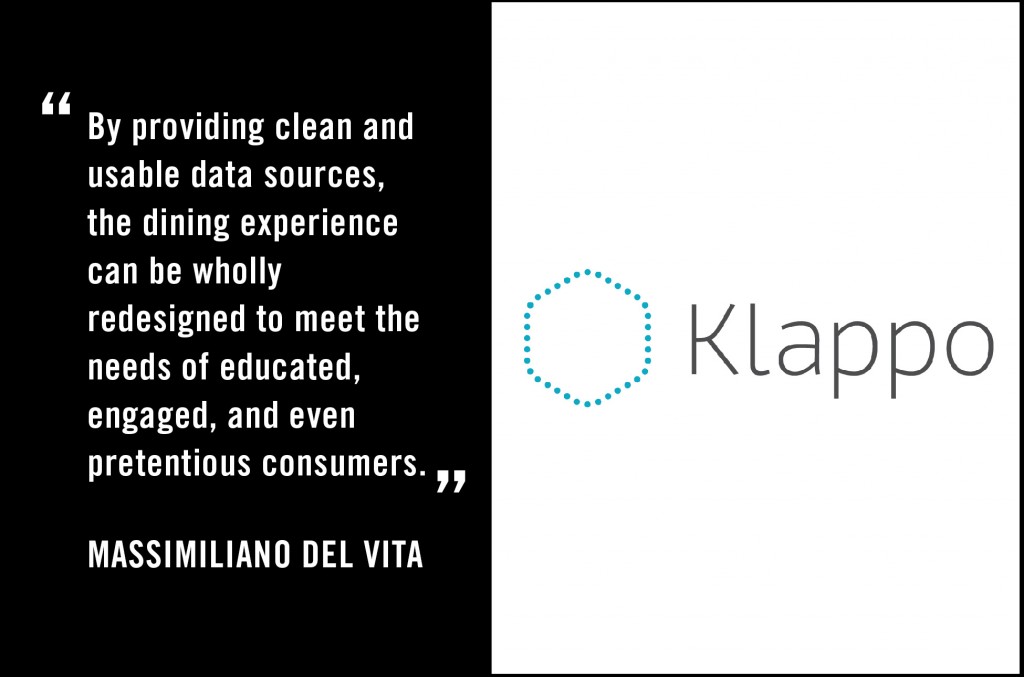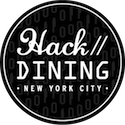Guest post by Massimiliano Del Vita, co-founder and CEO, Klappo. The views expressed here are solely those of the author and do not reflect the views of Food+Tech Connect.
Conscious eaters face a challenge: lead a low maintenance life while understanding whether what they consume is consistent with their dietary goals or needs.
Most of us are probably familiar with the infamous high maintenance diner order the 1980s classic “When Harry Met Sally.” But unlike in this example, asking for specific ingredients in a given dish and paying attention to dietary needs usually makes people feel like a nuisance. These people also spend hours perusing labels in grocery stores and searching on blogs for appropriate recipes to meet their dietary needs. And with the current trends of slow cooking and buying local, even people unbound by dietary restrictions want to understand the most intricate of details about their food.
Today, there is more information available than ever before. Diners know the food’s source, the ingredients and even the chef who prepared it. However, there is a glaring gap in consumers’ knowledge about what they’re eating, i.e. what is in the food, and how the ingredients and preparation will affect their bodies?
Technology is being applied to this problem. Diet tracking apps and wearables are exploding, but the demand for deep information about food is simply not being met. These wearables and phone apps provide us with limited insight on the calories we’ve consumed, and the only accurate readings are from products listed in the app (e.g., McDonalds and specific grocery brands). There’s a world of untapped information. However, the application of big data and semantics can extract this information to deliver the deep food nutrition information that people need.
A complex data store is behind this technology that provides information about the effect of food on the consumer’s body. Any technology, whether for a restaurant, supermarket or food blog, must rely on a clean source of data about the food, including the ingredients and the processes used to prepare them. And by applying semantics to this data, developers can produce meaningful apps that will enable diners to have a true understanding about what they are consuming.
By bringing technology into the equation, people will be able to tell at a glance whether or not they should eat something based on the source of the food, its nutritional values and recommendations for pairing. People with food sensitivities, allergies and diet preferences can quickly and easily identify the foods they are able to eat. Recipe writers and food bloggers can quickly plug in a tool that can tell their readers exactly what is in a dish: ingredients, nutrients and processes.
By providing clean and usable data sources, the dining experience can be wholly redesigned to meet the needs of educated, engaged, and even pretentious consumers.
Hacking Dining is an online conversation exploring how we might use technology and design to hack a better future for dining. Join the conversation between June 2 – July 30, and share your ideas in the comments, on Twitter using #hackdining, Facebook, LinkedIn or Tumblr.
________________
 Max has spent his entire professional life building Internet
Max has spent his entire professional life building Internet
products that are at the crossroads of technology and
humanity. Having worked across various project
management roles for online products for 18 years in Italy,
UK, Sweden and China he founded Klappo as a personal
project, born from a desire to help people improve their
health.




